Top 13 Most Beautiful Historical Sites in Belgium
In Belgium, there is no shortage of fascinating locations to see. Perhaps visitors are planning a free day in Flanders or hope to rent a bicycle in Bruges? ... read more...Keep an eye out for these destinations– the most beautiful historical sites in Belgium.
-
Brussels, home to the European Union and the global epicenter of commerce, politics, and policy, has the unfair image of being dull and bureaucratic. Contrary to popular belief, this is not the case. The city's architecture, museums, cafés, and jazz clubs are everything but stuffy, attracting visitors from all over the world. At the heart of it all lies De Grote Markt, Brussels' principal plaza.
The square, which was designated as a UNESCO World Heritage Site in 1998, is dominated by the massive Town Hall. The Town Hall, which stands 96 meters tall and is topped by a monument of Saint Michael defeating a demon, is bordered by centuries-old guildhalls and structures. It is the most photographed attraction in Belgium.
Going to the Grand Place in August is the most suitable time of year. Belgian volunteers assemble every two years at the Grand Place to weave a 'flower carpet' out of colorful begonias, dahlias, grass, and bark. Plan a trip to the plaza in December, when it is converted into one of Europe's most popular Christmas markets.
Location: Brussels
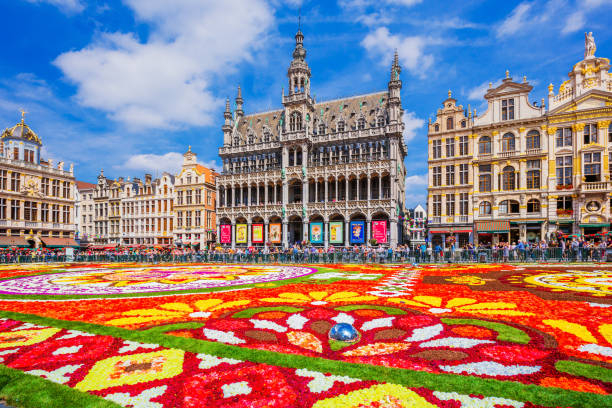
Source: iStock -
One of the most beautiful historical sites in Belgium is the Basilica of the Holy Blood. The charm of Bruges' canals and bridges, medieval buildings, lace shops, and chocolatiers is often swept up by visitors. The Basilica of the Holy Blood, however, is one of the most historically significant destinations to visit in Belgium.
One of the world's most precious (and mysterious) relics is hidden under the Basilica's stunning Romanesque and neo-Gothic structures. This vial was brought back to Belgium after the Second Crusade (1147–1150) and is supposed to contain a drop of sacred blood from Jesus Christ.
The magnificent façade, stained glass windows, and spectacular paintings of the church, however, thrill visitors and pilgrims alike. Learn more about the relic's tale while relaxing in the tranquil environment of the Basilica.
Location: Bruges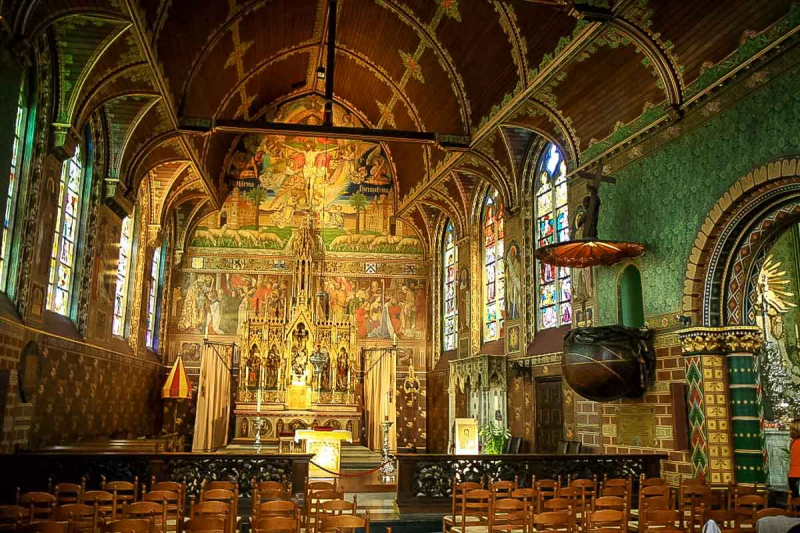
Source: Visit Bruges Source: History Victorum -
A visit to the Waterloo battlefield is a must-see for history aficionados. Visitors may stroll the historic site before making their way up Lion's Mound, where a gigantic cast-iron lion keeps watch over the battlefield below, which is just 10 miles (16 kilometers) south of Brussels.
Some of the ground on the battlefield has been changed since 1815. The day after the fight, Captain Mercer noted that "on the ground from Brussels, a carriage drove on the ground, the inhabitants of which, alighting, went to survey the field." Since the war, other topographical characteristics and important locations on the battlefield have remained essentially untouched. The undulating countryside east of Brussels–Charleroi Road, as well as the structures at Hougoumont, La Haye Sainte, and La Belle Alliance, are examples of this.
Location: Belgium
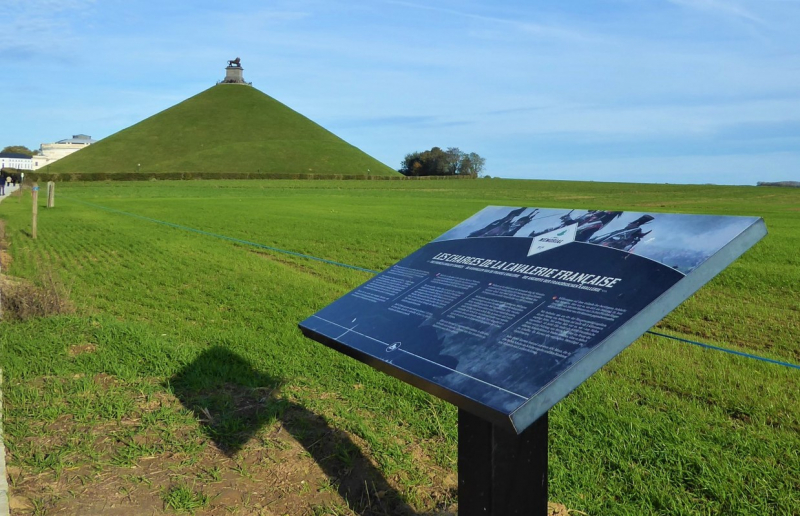
Source: Discovering Belgium 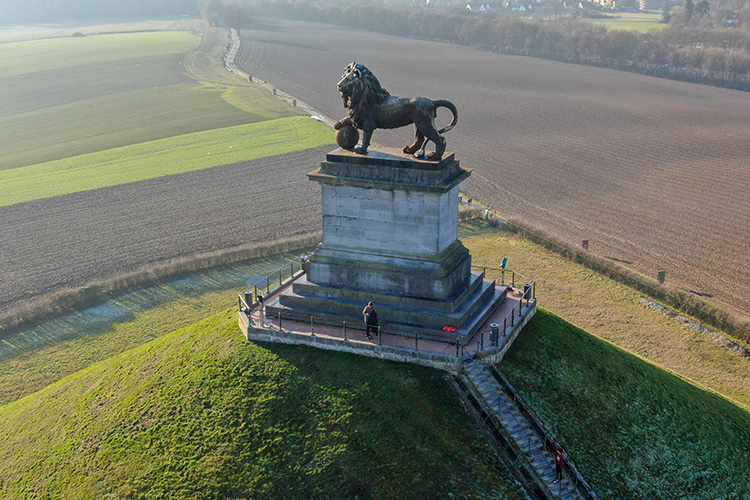
Source: History Hit -
Gravensteen Castle - one of the most beautiful historical sites in Belgium, built in the 11th century, is one of Europe's earliest remaining examples of a moated fortification. It's possible that Philip was inspired by the crusader castles he saw during the Second Crusade. The Gravensteen was built to terrify the burghers of Ghent, who frequently resisted the counts' power, as well as to defend them. It consists of a big central donjon, a dwelling, and a number of smaller structures. The majestic walls of Gravensteen, complete with turrets and arrow slits, are the stuff of mythology and fancy.
Climb its stairwell for panoramic views of the surrounding landscape. Then venture into town in quest of gestreken mastellen (sweet cinnamon pastries), cuberdons (cone-shaped Belgian candy), or frietjes (frietjes are a type of Belgian candy) (Belgium frites, usually served with mayonnaise).
Visitors may find themselves in Ghent in July if they're lucky. If that's the case, don't miss the Ghentse Feesten, a 10-day festival of music, art, and culture.
Location: Ghent
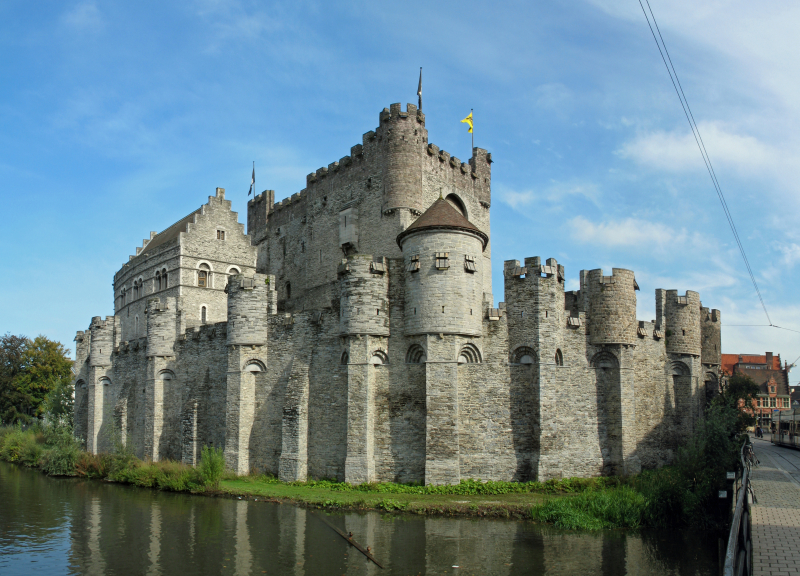
Source: Wikipedia Source: Slow TV -
Visitors will find a vibrant, creative hub teeming with coffee shops, restaurants, boutiques, galleries, and museums in Belgium's second-largest city. The 16th-century Stadhuis (Town Hall), richly adorned guild buildings, and Brabo Fountain on the Grote Markt make for wonderful photo opportunities. But it is the Rubenshuis in Antwerp that tops our list of important locations to see in Belgium.
The city purchased the home in 1937, and the Rubenshuis was presented to the public in 1946 after considerable renovation. The rooms were filled with dozens of paintings and artworks by Rubens and his contemporaries, as well as period furniture. His early Adam and Eve (c. 1600) and a self-portrait from around the age of fifty are among his paintings.
A tour of Rubens House provides art fans with a unique view into the life, career, and art of Peter Paul Rubens (1577-1640), probably the world's finest baroque artist.
Location: Antwerp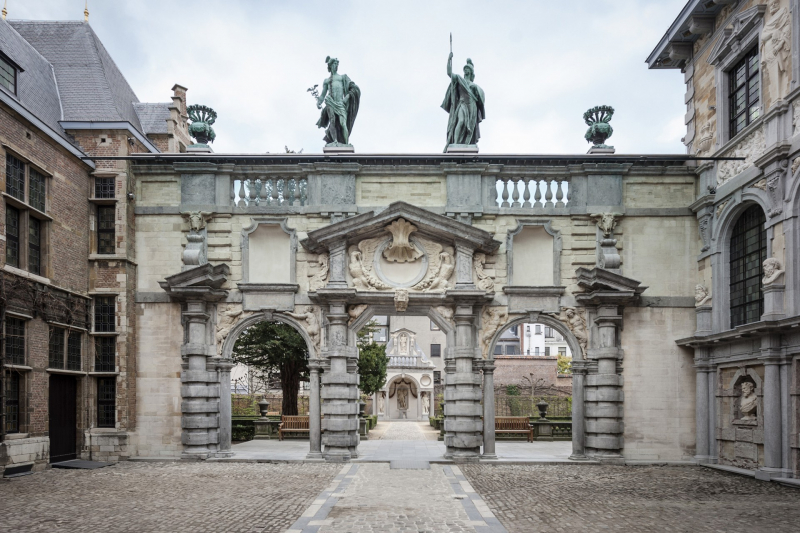
Source: AG Vespa 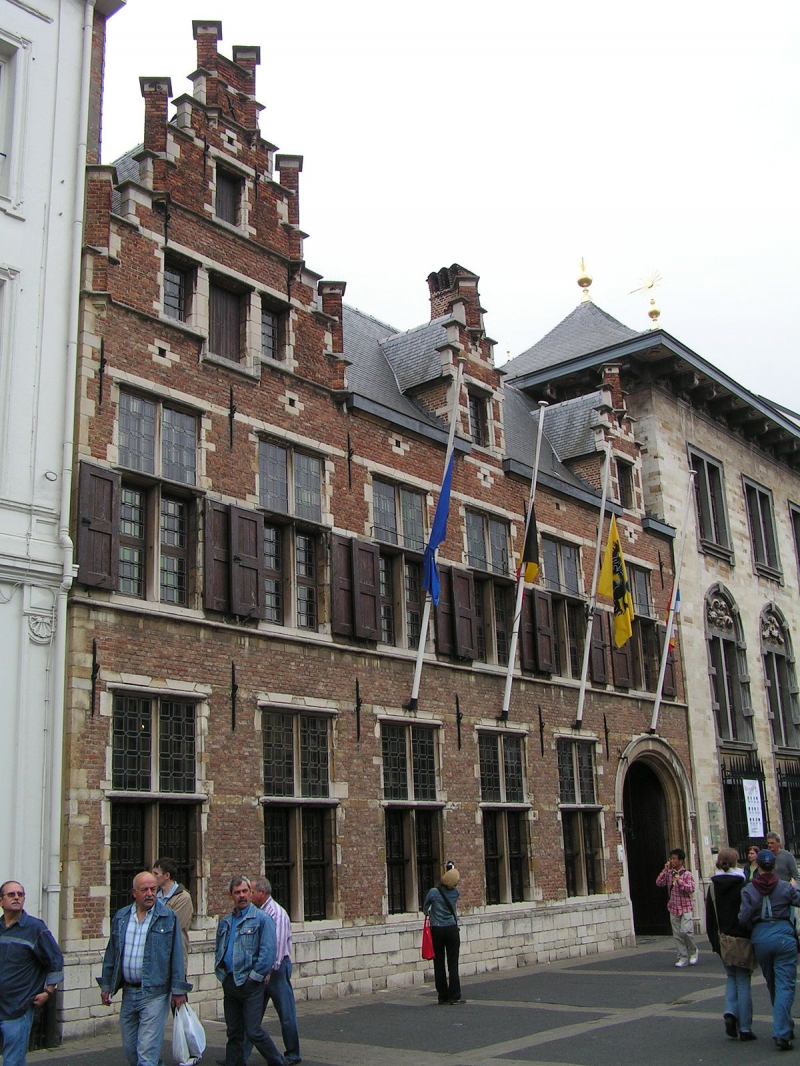
Source: Wikipedia -
Flanders Fields refers to the battlefields in northern Belgium between West Flanders and East Flanders, as depicted in the poem "In Flanders Fields" during the First World War. Visitors may learn more about the conflicts waged on the Flanders front – and the 600,000 soldiers who died there – at the In Flanders Fields Museum in Ypres.
The names of 55,000 allied troops who died on the battlefields are carved on the stone walls of Menin Gate, making it one of the most heartbreaking war monuments in the world. The hamlet of Ploegsteert, located just south of Ypres, is the location of one of history's most unexpected sporting occurrences. An informal ceasefire broke out as fatigued men from both sides celebrated Christmas by playing soccer, singing songs, and swapping beer, tobacco, and food across the lines, dubbed the “Christmas Truce of 1914”.
Location: Ypres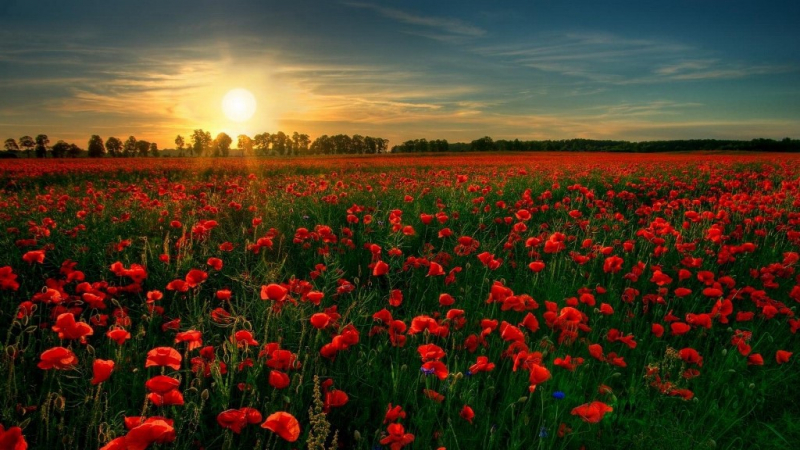
Source: Society of Classical Poets 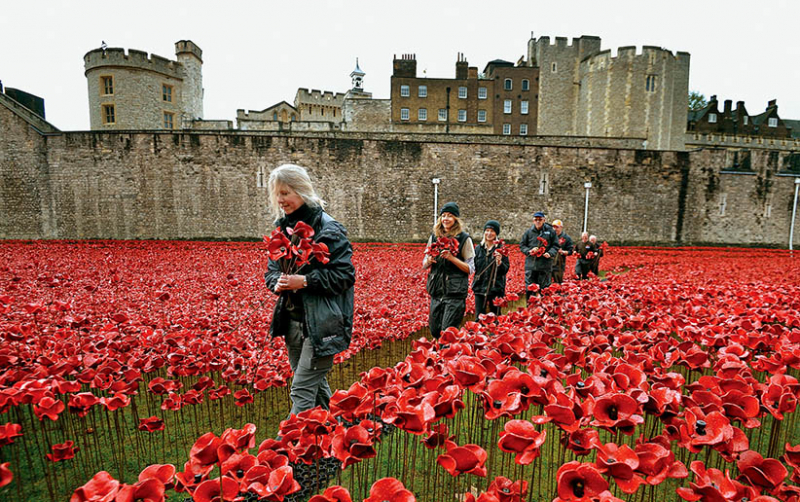
Source: Macleans.ca -
Barvaux is a hamlet in the Belgian Ardennes that is part of the municipality of Durbuy in the Luxembourg province. Durbuy is known as the smallest city in the world due to its population of 400 people. Durbuy, with its cobblestone lanes, medieval center, timber-framed buildings, and setting on the banks of the Ourthe River, has surpassed Bruges as one of Belgium's most enchanting destinations. Durbuy prides itself on being "the world's tiniest city." The town was upgraded to the status of a city by the King of Bohemia in 1331.
Even if this is no longer true, it is still a really entertaining reason to come. Enjoy a local beer while strolling around Durbuy's topiary garden. Geology enthusiasts should visit Durbuy's famed limestone caverns.
Location: Durbuy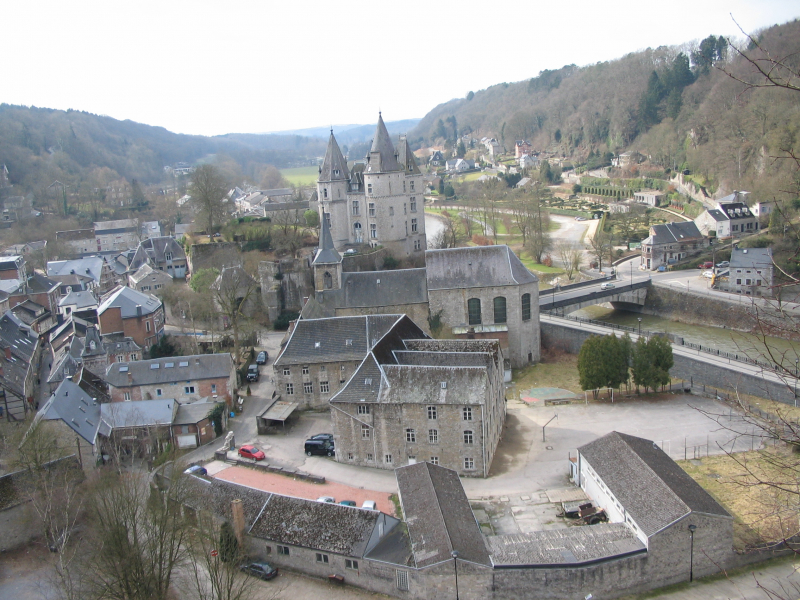
Source: Wikipedia Source: LET'S TRAVEL -
The Belfry Tower is a medieval bell tower located in the heart of the Belgian city of Bruges. The Belfry Tower, one of the city's most recognizable landmarks, once held a treasury and municipal archives, as well as serving as an observation tower for spotting fires and other threats. Around 1240, when Bruges was a major center of the Flemish textile industry, the belfry was built on the market square. The tower was mainly rebuilt after a disastrous fire in 1280. The city archives, on the other hand, were completely destroyed by the fire.
The time, fire alarms, work hours, and a variety of social, political, and religious events were all announced by the bells on the tower, which regulated the lives of city people. Eventually, a system was devised to ensure that particular bells, such as those used to indicate the hour, rang on a regular basis.
Location: Bruges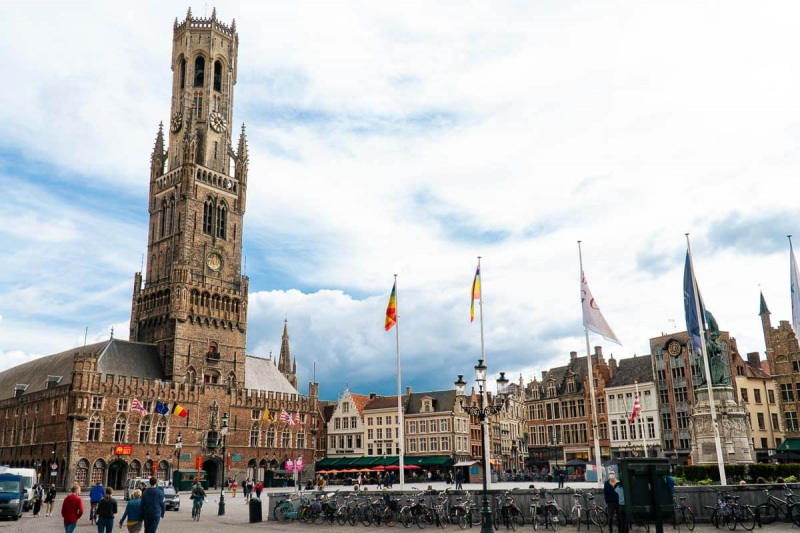
Source: Worldwide Walkers Source: Hergie10 -
Another historical site visitors should visit when coming to Belgium is the Menin Gate. The Menin Gate in Ypres, Belgium, honors British and Commonwealth troops who were killed or went missing in action in Belgium during World War One.
Ypres was a crucial strategic position throughout the war and the site of heavy combat, particularly the Battle of Ypres, which was made up of three major battles. Hundreds of thousands of men died or went missing during this time, and the names of 54,896 British and Commonwealth soldiers who died without a cemetery are commemorated on Menin Gate.
The Last Post Ceremony is held every day at 8 p.m. at Menin Gate, one of the most prominent First World War landmarks in Ypres.
Location: Ypres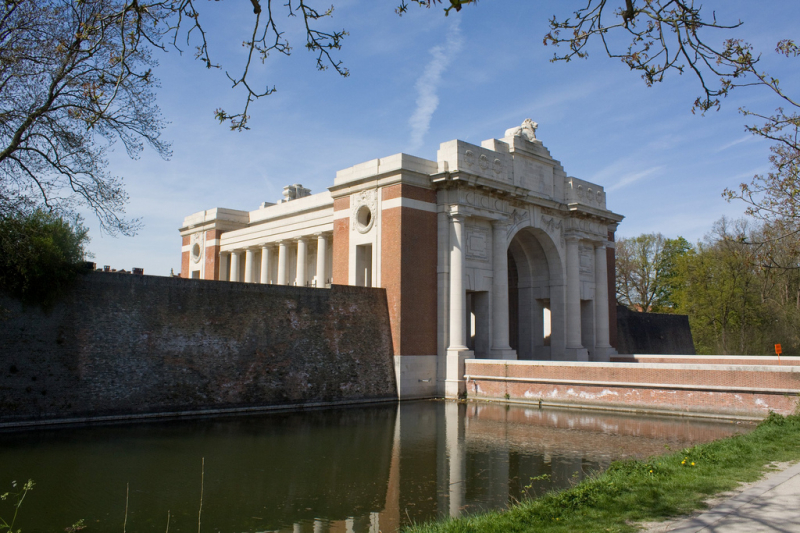
Source: Wikipedia Source: Living History -
Graslei is a quay on the right side of the Leie river in the medieval city center of Ghent, Belgium. Korenlei is the name of the quay just across from Graslei. Both quays were formerly part of the medieval port and are today a cultural and tourist destination with a large number of café patios. The location is a protected cityscape because of its distinctive row of ancient structures.
The location, which is located along the Leie river near its outlet in the Scheldt, is one of Ghent's oldest, going back to the fifth century A.D., when Ghent was the heart of the wheat trade in Flanders. The majority of the contemporary homes on the Graslei originate from the Middle Ages, while the monumental façades were substantially altered in the 18th and 19th centuries and were repaired in preparation for Ghent's hosting of the 1913 World's Fair.
Location: Ghent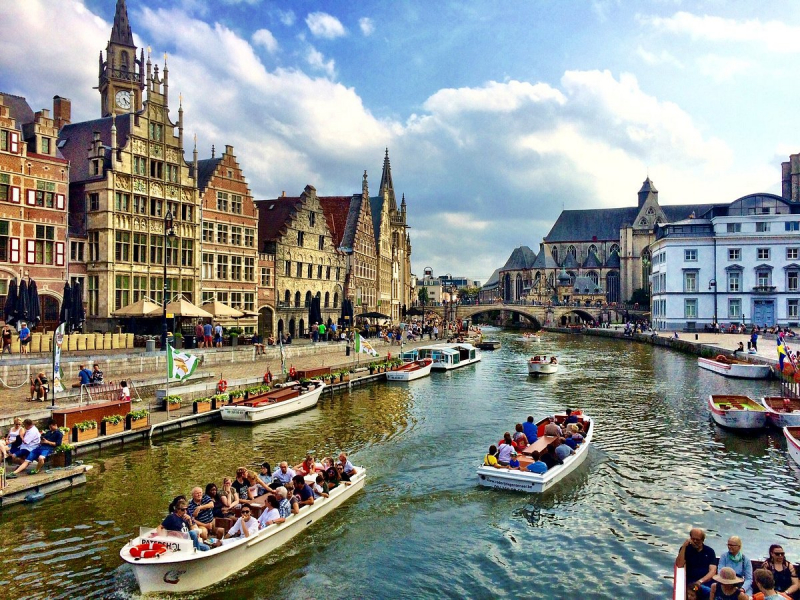
Source: Tripadvisor 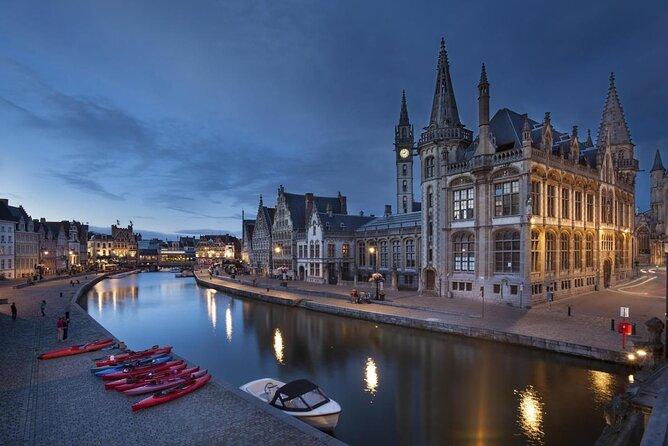
Source: Viator -
Saint Bavo's Cathedral, also known as Sint-Baafs Cathedral, is a Catholic cathedral in the Belgian city of Ghent. The 89-meter-tall Gothic structure is named for Saint Bavo of Ghent and serves as the seat of the Diocese of Ghent. It houses the famous Ghent Altarpiece.
Other notable painters' works can be seen throughout the Saint Bavo's Cathedral,. For liturgical occasions, the cathedral features four organs. The principal organ of the Upper Church, the largest organ in the Benelux, is the most famous. Mgr. Coppieters ordered the Klais organ from the world fair to be installed within the cathedral in 1935. The organ casing is dated from the 18th century, and the entire organ contains around 6,000 pipes. There are five manuals in all.
Location: Ghent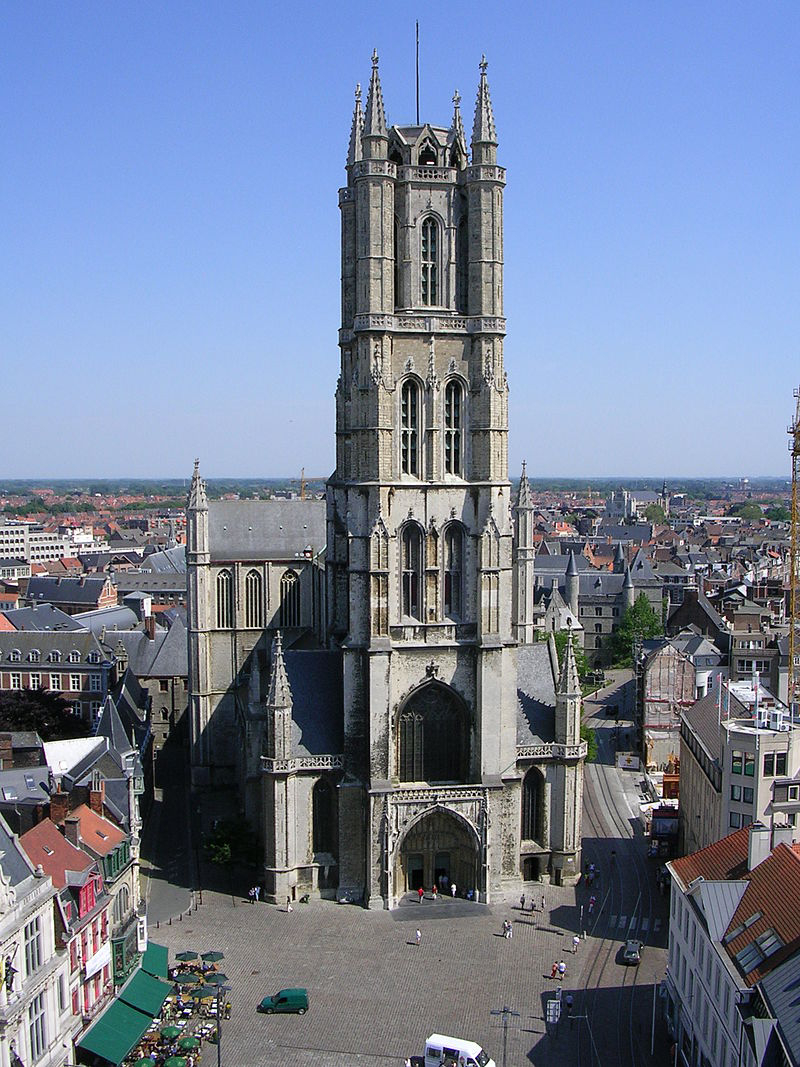
Source: Wikidata Source: Sura Ark -
Saint Peter's Church in Leuven, Belgium, is a Roman Catholic church constructed in the Brabantine Gothic style in the 15th century. The church features a cruciform floor design and an unfinished, modest bell tower. It is 93 meters (305 feet) in length. Saint Peter's Church is on the city's' Grosse Markt '(Grand Square), just across from the Town Hall. In recognition of the civic importance and architecture of the belfries in the region, the church's belfry and bell tower were placed on the UNESCO World Heritage List in 1999 as part of the Belfries of Belgium and France site.
Despite the destruction caused by World Wars I and II, the cathedral has a great collection of art. In 1998, the chancel and ambulatory were converted into a museum, where visitors may see sculptures, paintings, and metalwork.
Location: Leuven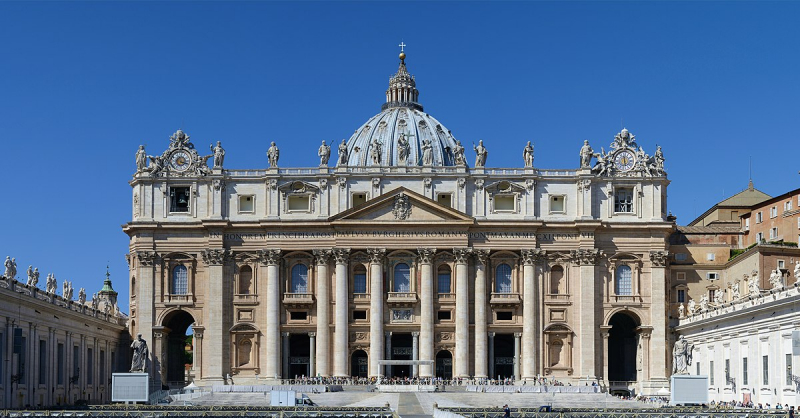
Source: Wikipedia Source: St Peters Church Bandra -
Another one of the most beautiful historical sites in Belgium is Saint-Michael Cathedral. The cathedral's beginnings are unknown, although historians believe that a chapel dedicated to Saint Michael was in its position as early as the 9th century, on what was then Brussels' most significant point.
The structure of Saint-Michael Cathedral is designed in the traditional Latin cross style, with a three-bay long choir and a five-sided apse encircled by an ambulatory. The main (western) facade is characteristic of the French Gothic style, with three portals crowned by gables and two 64-meter-high (210-foot) towers, but it lacks a rose window in favor of a massive ogival window in the Brabantine Gothic style. The entire edifice is supported by powerful double-span flying buttresses influenced by Soissons Cathedral and capped with pinnacles and gargoyles.
Location: Brussels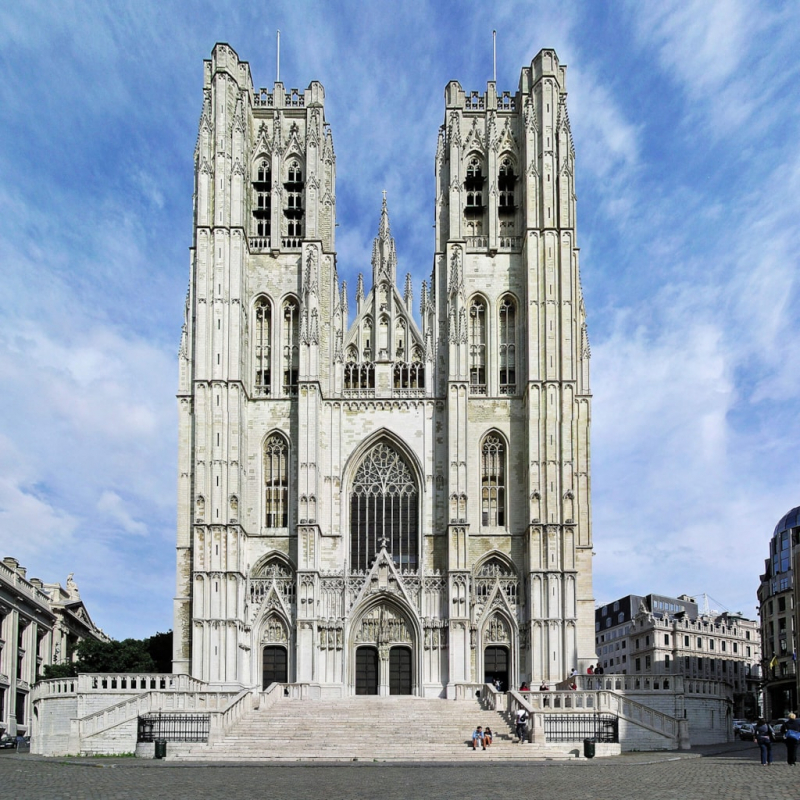
Source: AUDAC 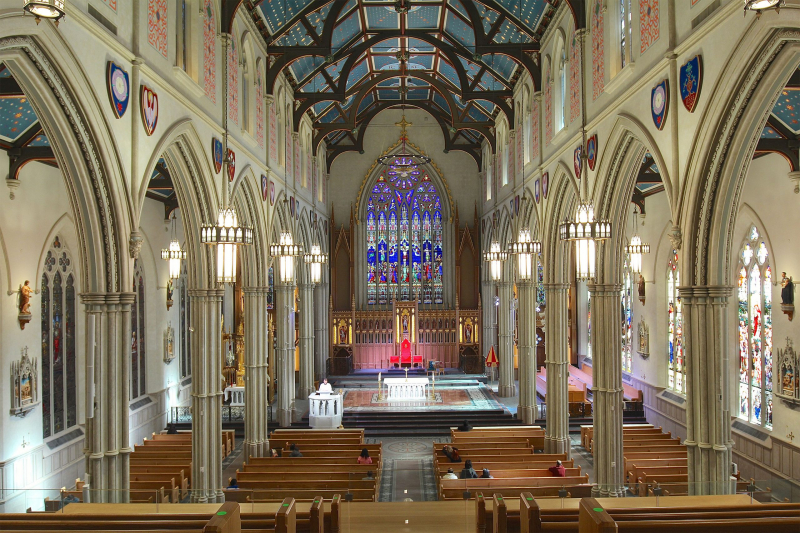
Source: St. Michael's Cathedral


































